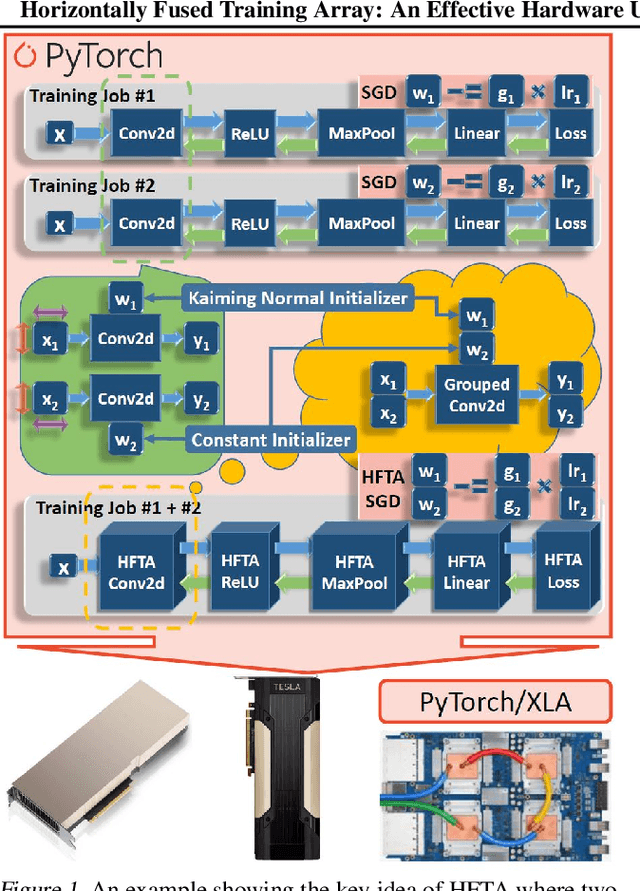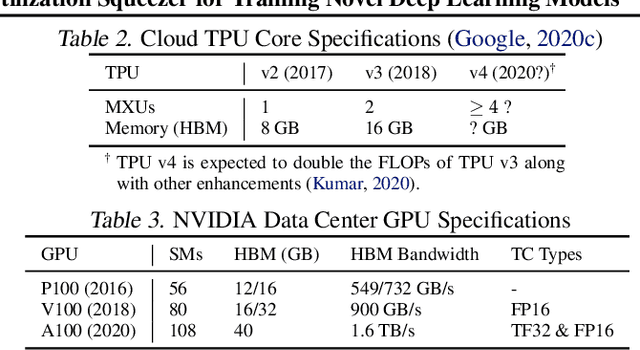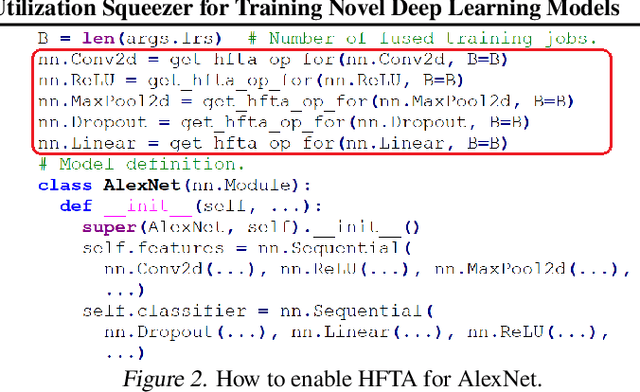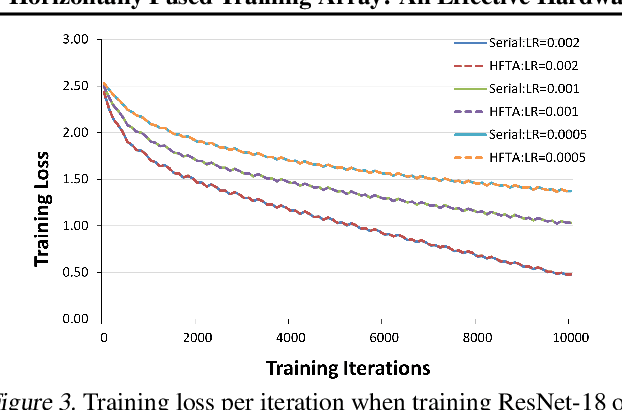Peiming Yang
Accelerating Graph Neural Networks on Real Processing-In-Memory Systems
Feb 26, 2024



Abstract:Graph Neural Networks (GNNs) are emerging ML models to analyze graph-structure data. Graph Neural Network (GNN) execution involves both compute-intensive and memory-intensive kernels, the latter dominates the total time, being significantly bottlenecked by data movement between memory and processors. Processing-In-Memory (PIM) systems can alleviate this data movement bottleneck by placing simple processors near or inside to memory arrays. In this work, we introduce PyGim, an efficient ML framework that accelerates GNNs on real PIM systems. We propose intelligent parallelization techniques for memory-intensive kernels of GNNs tailored for real PIM systems, and develop handy Python API for them. We provide hybrid GNN execution, in which the compute-intensive and memory-intensive kernels are executed in processor-centric and memory-centric computing systems, respectively, to match their algorithmic nature. We extensively evaluate PyGim on a real-world PIM system with 1992 PIM cores using emerging GNN models, and demonstrate that it outperforms its state-of-the-art CPU counterpart on Intel Xeon by on average 3.04x, and achieves higher resource utilization than CPU and GPU systems. Our work provides useful recommendations for software, system and hardware designers. PyGim will be open-sourced to enable the widespread use of PIM systems in GNNs.
Horizontally Fused Training Array: An Effective Hardware Utilization Squeezer for Training Novel Deep Learning Models
Feb 07, 2021



Abstract:Driven by the tremendous effort in researching novel deep learning (DL) algorithms, the training cost of developing new models increases staggeringly in recent years. To reduce this training cost and optimize the cluster-wide hardware resource usage, we analyze GPU cluster usage statistics from a well-known research institute. Our study reveals that single-accelerator training jobs can dominate the cluster-wide resource consumption when launched repetitively (e.g., for hyper-parameter tuning) while severely underutilizing the hardware. This is because DL researchers and practitioners often lack the required expertise to independently optimize their own workloads. Fortunately, we observe that such workloads have the following unique characteristics: (i) the models among jobs often have the same types of operators with the same shapes, and (ii) the inter-model horizontal fusion of such operators is mathematically equivalent to other already well-optimized operators. Thus, to help DL researchers and practitioners effectively and easily improve the hardware utilization of their novel DL training workloads, we propose Horizontally Fused Training Array (HFTA). HFTA is a new DL framework extension library that horizontally fuses the models from different repetitive jobs deeply down to operators, and then trains those models simultaneously on a shared accelerator. On three emerging DL training workloads and state-of-the-art accelerators (GPUs and TPUs), HFTA demonstrates strong effectiveness in squeezing out hardware utilization and achieves up to $15.1 \times$ higher training throughput vs. the standard practice of running each job on a separate accelerator.
 Add to Chrome
Add to Chrome Add to Firefox
Add to Firefox Add to Edge
Add to Edge